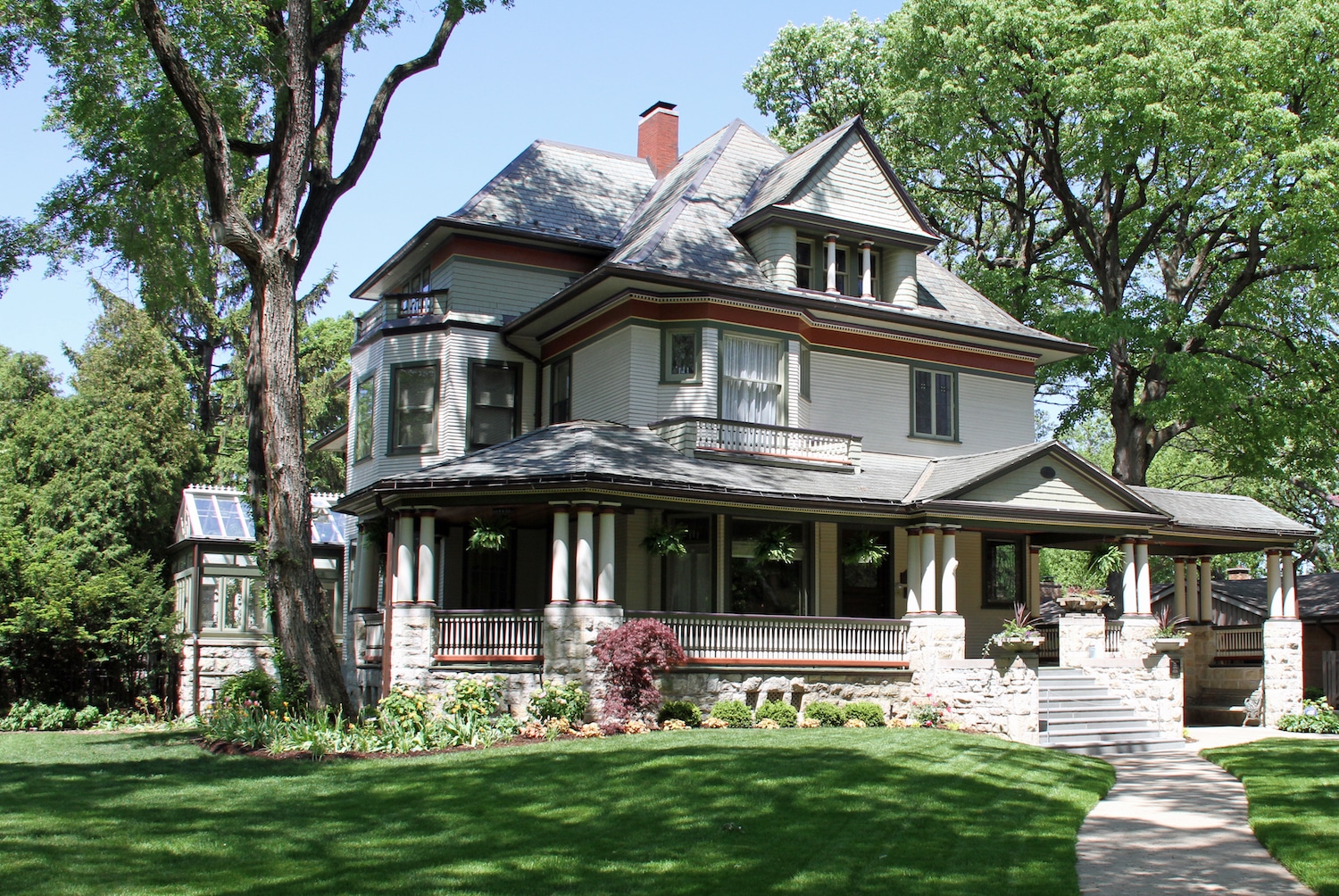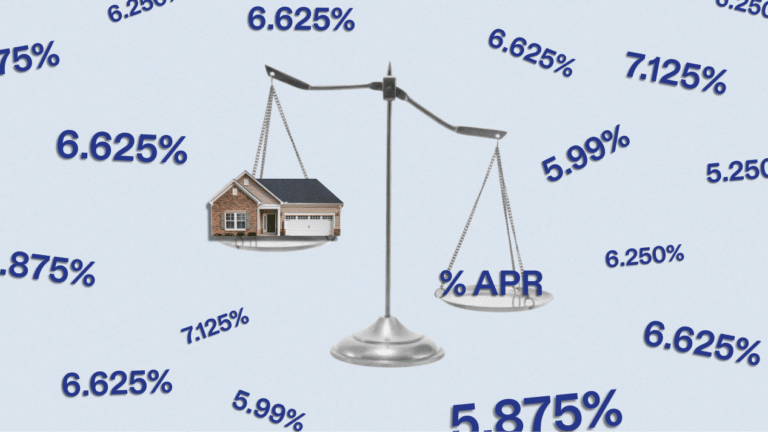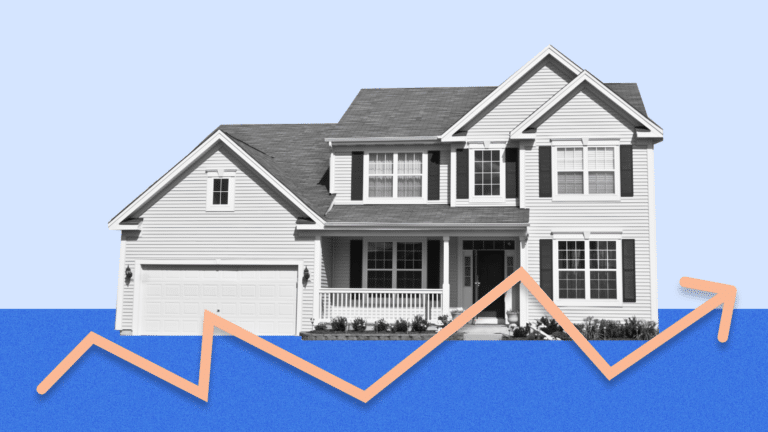New home construction has picked up in some parts of the country. But currently, more than 50% of American homeowners live in homes built before 1980. In the Northeast and the Midwest, the age of the average home is even higher. The average owner-occupied home in Washington, DC is 75 years old.
For new and first-time homebuyers, chances are good that at least some of the homes for sale in your area are on the older side. And if you’re shopping for a home in an older city or even just a more-established neighborhood, new construction options may simply not exist.
Maybe you find the character and history of older homes charming. Or perhaps you just live in an area where all of the housing stock is on the older side. Remember: when it comes to homes, the old adage is true. They really don’t build them like they used to.
If the homes you’re considering purchasing are on the older side, here are some key considerations to make before you finalize your offer.
Asbestos, Lead, and Other Hazardous Materials

Adding lead to paint helps paint dry faster. Lead paint maintains its just-painted luster longer. And lead allows painted surfaces to better resist moisture and corrosion. It was a common ingredient in paint for American home interiors and exteriors, all the way back to colonial times.
Of course, we now know that lead in paint is highly toxic, especially to children. And that’s why lead paint for consumer use has been illegal since 1978. (Fun fact: lead-based paint is still sometimes used for roads.) Most homes from 1978 or earlier have lead-based paint on the walls.
Similarly, asbestos was once touted as a miracle product. Heat resistant, fire resistant, lightweight, soft, and flexible… Asbestos was the insulator of choice for homes built in the post-war boom of the 1950s and 1960s. But starting in the 1970s, workers and others exposed to asbestos successfully litigated lawsuits holding companies and manufacturers responsible for damages. Since the 1980s, builders have switched to other, less hazardous insulating and fire-proofing materials. But homes that were built or repaired more than about thirty years ago may have asbestos somewhere in the home.
If you’re considering purchasing an older home that may contain some of these hazardous materials, don’t panic. Asbestos only becomes harmful if the fibers break down to a point where they can be inhaled or ingested. And paint with lead doesn’t really become a problem until it starts to wear and flake. Still, removing lead-based paint or asbestos can be a major ordeal. And this is one area where DIY probably isn’t a great idea. Exposing yourself to lead chips or asbestos dust without proper precautions can cause serious health problems or even death.
Electric and Plumbing Concerns
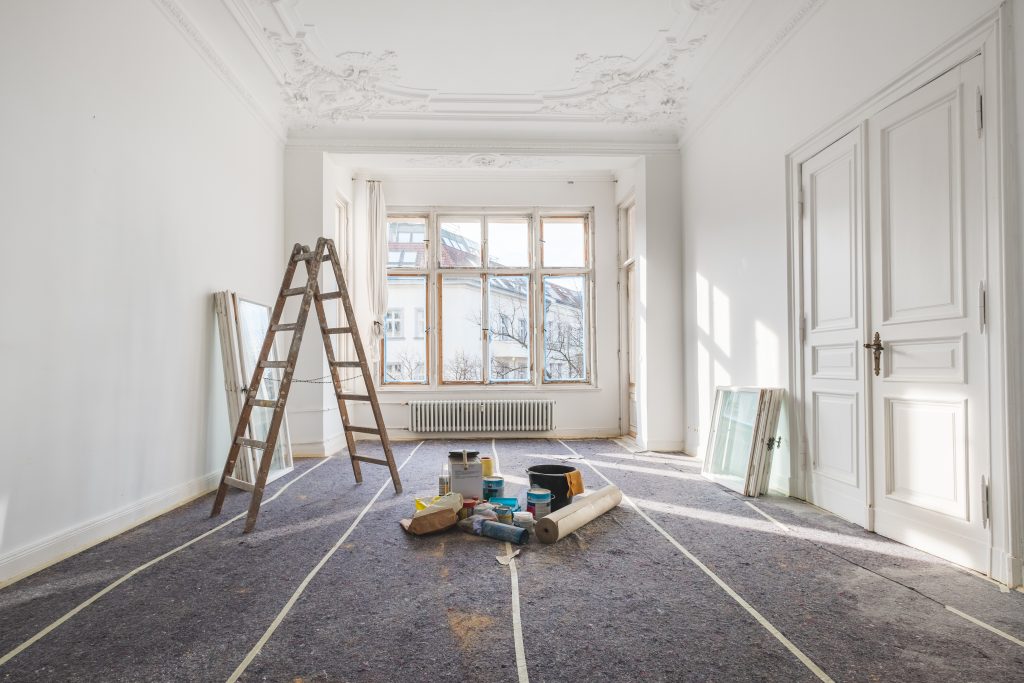
Lead doesn’t just show up in old homes in the paint. Older homes may have lead pipes, which can be hazardous as they begin to corrode. In that same vein, homes that are older than your grandparents often have old plumbing and electrical systems. Look carefully at the outlets in homes built before the 1960s. Many older homes have the older-style, two-prong outlets. Or in some cases, have replaced two-prong outlets with three-prong outlets, but haven’t actually added the third-prong grounding wiring.
Old electrical wiring and faulty plumbing can be replaced. But doing so in an older home may be more difficult and expensive than it would be in a newer home. The difficulty increases, of course, if you are trying to maintain the home’s original character. Getting into a wall made of plaster and rebar to locate and repair a leaky pipe is going to be a lot more trouble than it would be to make a similar repair in a the wall made of drywall.
Heating and Cooling Issues
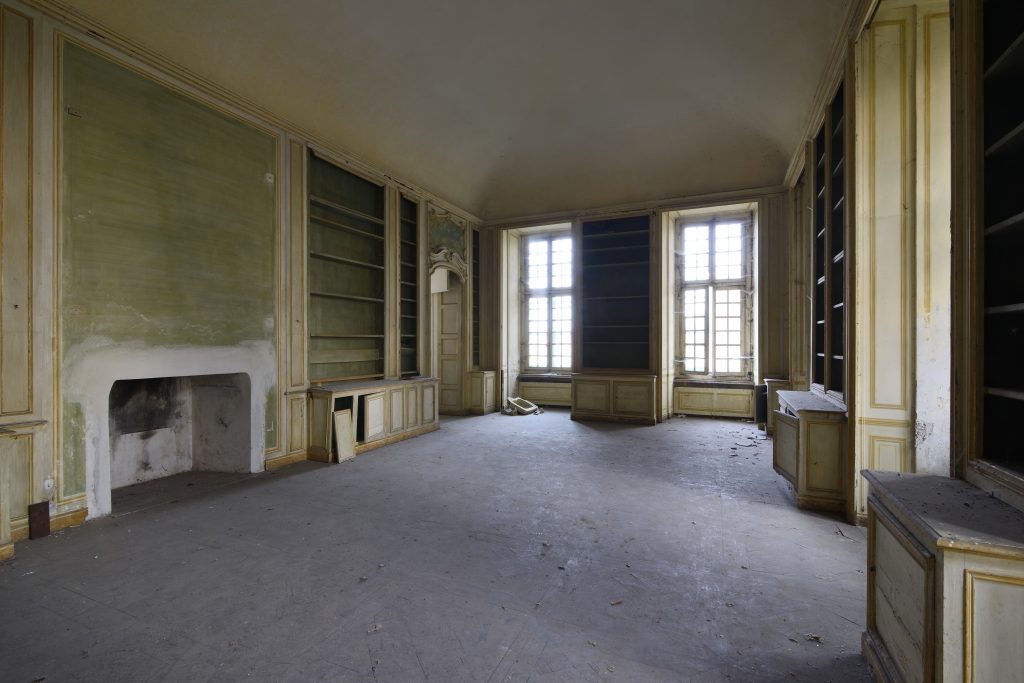
Central air conditioning didn’t really take off until the mid-twentieth century. So those charming original single-pane windows with their original wavy glass? They might be beautiful. But they’re not nearly as good at keeping cold out in the winter as more modern, double-paned storm windows. Heating oil was a more economical choice for winter warmth decades ago. Furnaces can last for fifty years, but they cost tens of thousands of dollars to replace when the time comes.
If you haven’t been a homeowner before, you may be in for a surprise when it comes time to pay your first heating and cooling utility bills. And that goes double for homeowners purchasing older homes with less efficient insulation. Consider your future utility costs or the need for energy-saving renovations before committing to an older home.
Whatever You Do: Do Not Skip the Inspection
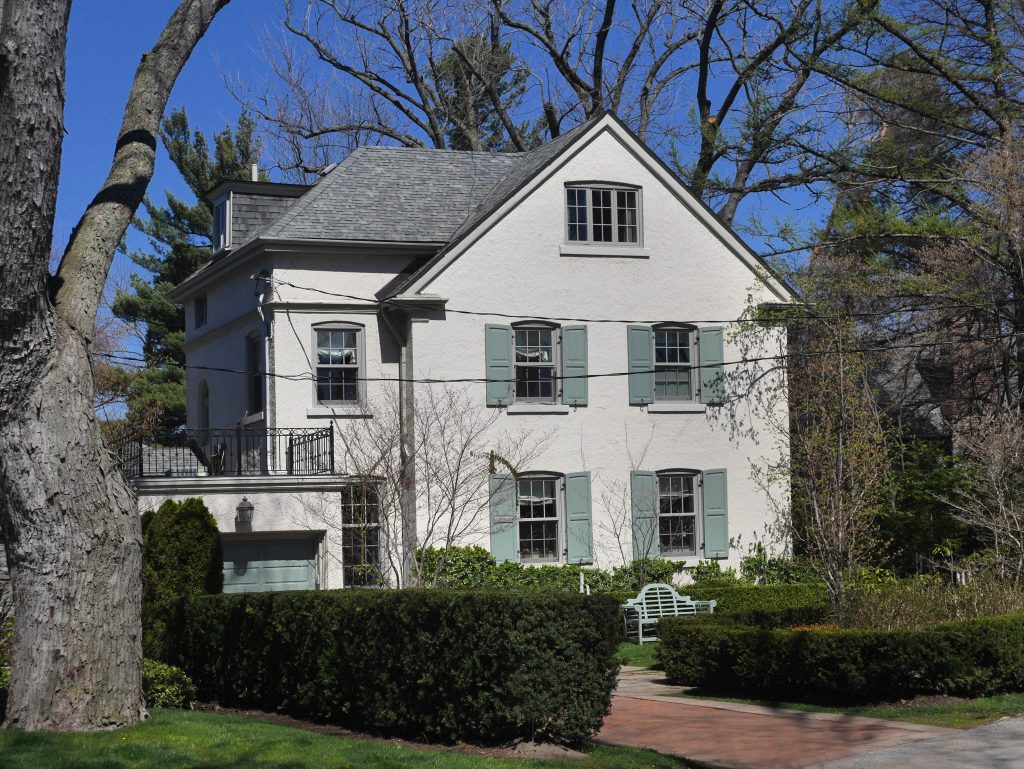
Getting a thorough home inspection before finalizing your home purchase is important for all homebuyers. But for homebuyers considering older homes, skipping the home inspection can leave you in the dark about health hazards, major condition issues, or serious structural problems.
If possible, make sure that your inspector is familiar with issues facing older homes. Given the stakes, it might not be a terrible idea to get more than one inspection. paying a few hundred dollars upfront for a second set of eyes could absolutely be worth it if it means catching an issue your initial inspection missed.
If you’re lucky, buying an older home could mean a chance to live in a lovingly crafted house. constructed with the kinds of high-quality materials that are rare in new construction today. Mature trees, established neighborhoods, and that ever elusive ‘character’ are all rewards of owning an older home, too. Keep these considerations in mind, and you could be enjoy stewarding an older home for future generations.
